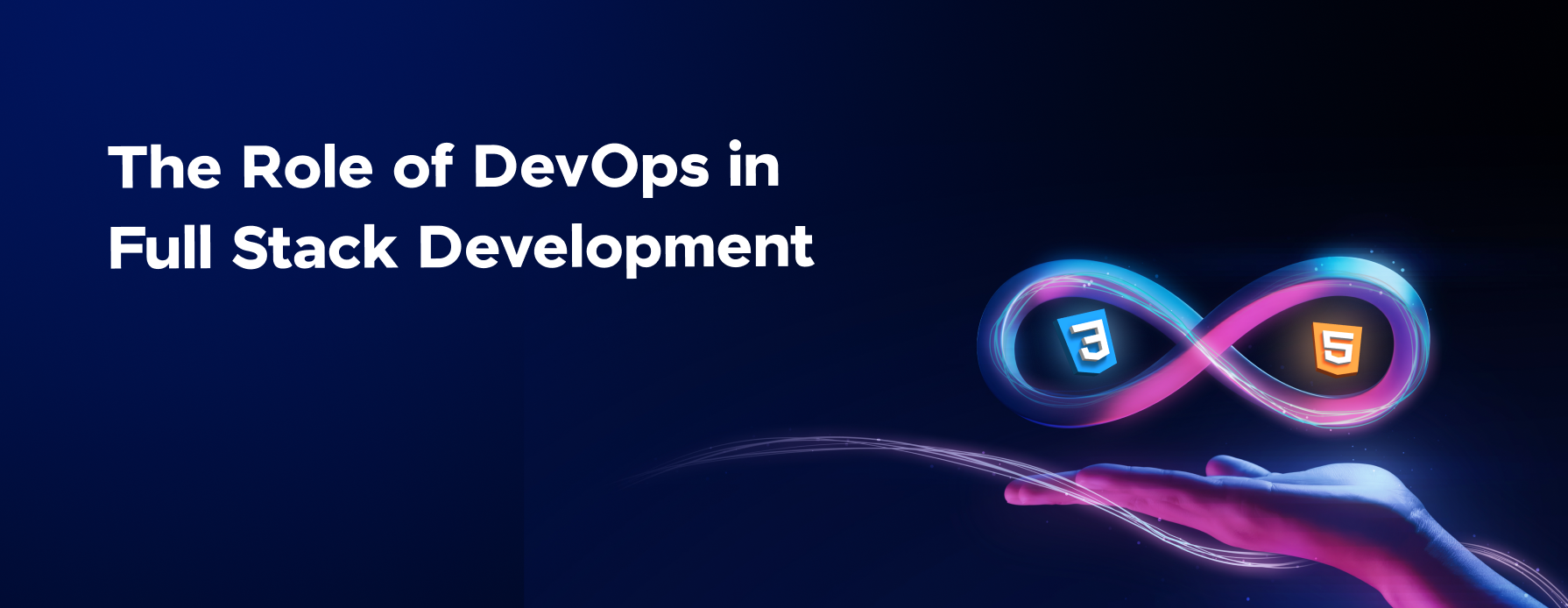
The Role of DevOps in Full Stack Development: A Complete Guide
Mar 25, 2024 5 Min Read 1743 Views
(Last Updated)
In the tech industry, the combination of full-stack development and DevOps is significantly changing how software is developed and managed. Full stack development covers both front-end and back-end aspects of software development, requiring a broad skill set and a deep understanding of the entire development process.
DevOps, a methodology that combines software development (Dev) and IT operations (Ops), aims to improve collaboration, efficiency, and speed in software development projects.
This blog will discuss the important role of DevOps in full-stack development. We’ll look at how DevOps principles can enhance full-stack development, making it possible for developers to create robust applications that are not only well-designed but also operate efficiently and reliably.
Table of contents
- What is Full Stack Development?
- What is DevOps?
- The Role of DevOps in Full Stack Development
- Breaking Down Silos Between Development and Operations
- Promoting a Culture of Continuous Feedback
- Streamlining the Development Process
- Achieving Faster Time to Market
- Ensuring High-Quality Code
- Reducing Manual Testing and Errors
- DevOps Best Practices for Full Stack Developers
- Implementing CI/CD Pipelines
- Using Infrastructure as Code (IaC) for Environment Management
- Emphasizing Monitoring and Logging for Performance Optimization
- Conclusion
- FAQs
- What are the benefits of integrating DevOps in Full Stack Development?
- Which DevOps practices are essential for Full Stack Developers?
- Is DevOps suitable for small teams or startups in Full Stack Development?
What is Full Stack Development?
Full Stack Development refers to the practice of developing both the front-end (client side) and the back-end (server side) portions of a web application. It involves handling everything from managing databases and server operations to creating the user interface and user experience.
The components of Full Stack Development include:
- Front-end: This is the part of the web application that users interact with. It involves everything that users experience directly: from text and colors to buttons, images, and navigation menus. Technologies used in front-end development include HTML, CSS, and JavaScript, along with frameworks like React, Angular, and Vue.js.
- Back-end: This refers to the server side of the application, which users do not see. It includes servers, databases, and applications that process and store data. Technologies involved in back-end development include programming languages like Python, Ruby, Java, and PHP, and frameworks such as Node.js, Django, and Ruby on Rails. Database technologies include MySQL, PostgreSQL, MongoDB, and more.
- DevOps: While not always included in the traditional scope of Full Stack Development, DevOps practices and tools are increasingly becoming a part of the full-stack developer’s skill set. This includes understanding cloud platforms, continuous integration and deployment (CI/CD) pipelines, and containerization technologies like Docker and Kubernetes.
Also Read: 5 Career Opportunities for Full Stack Development
Before we move on to our next topic, make sure that you are strong in the basics. If not, consider enrolling for a professionally certified online full-stack web development course by a recognized institution that can also offer you an industry-grade certificate that boosts your resume’s outlook.
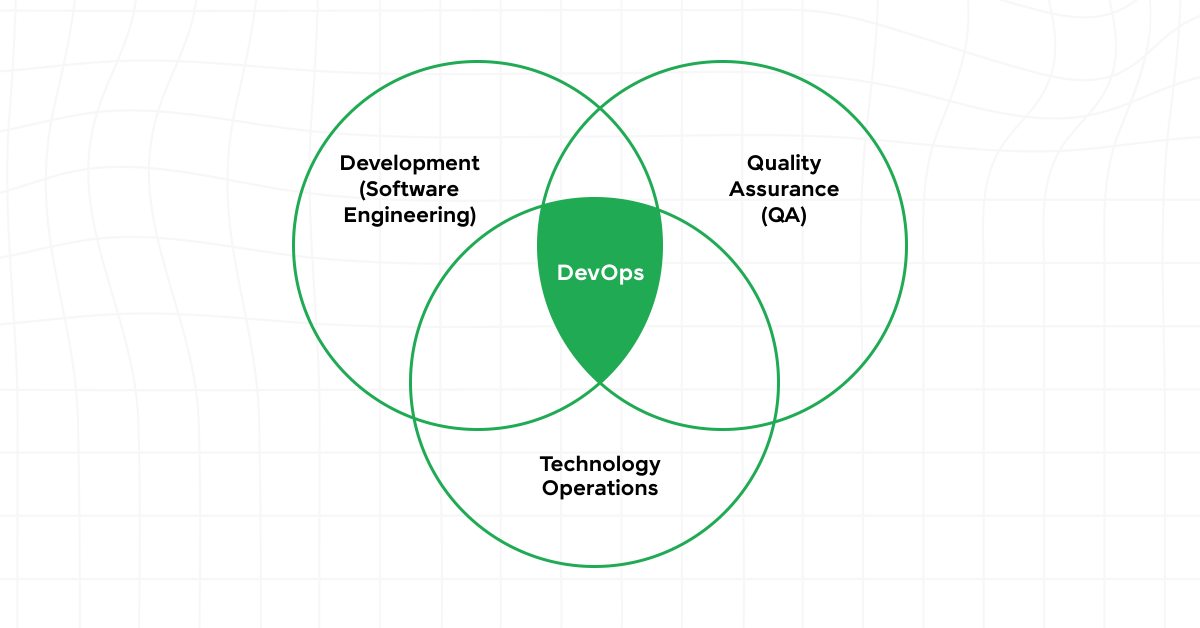
Having explored full-stack development and its comprehensive approach to creating robust web applications, let’s learn about another important concept in tech: DevOps.
What is DevOps?
DevOps is a set of practices, cultural philosophies, and tools that improve an organization’s ability to deliver applications and services at high velocity and better quality. It emphasizes collaboration, automation, continuous integration, continuous delivery, and quick feedback loops between software development (Dev) and IT operations (Ops) teams to build, test, and release software faster and more reliably.
The core principles of DevOps include:
- Culture: Promoting a culture of collaboration and shared responsibility among development and operations teams, breaking down traditional silos.
- Automation: Automating repetitive tasks to increase efficiency, reduce errors, and ensure consistent processes for development, testing, and deployment.
- Lean Thinking: Adopting lean principles to improve workflow, reduce waste, and strive for continuous improvement.
- Measurement: Continuous measurement of application performance and user experience to guide decisions and improvements.
- Sharing: Sharing knowledge and practices within and between teams to enhance learning and innovation.
Also Read: DevOps Engineer Roles, Responsibilities, and Job Description
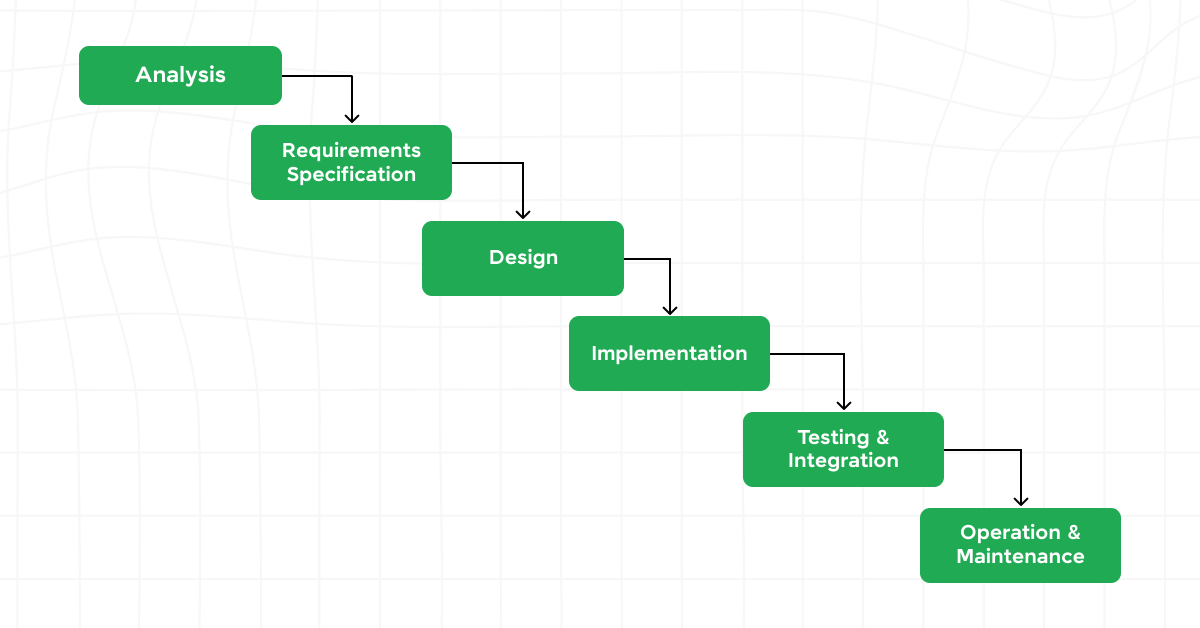
Having established a foundational understanding of DevOps and its principles, let’s explore the role that DevOps plays in full-stack development.
The Role of DevOps in Full Stack Development
The role of DevOps in full-stack development is as follows:
1. Breaking Down Silos Between Development and Operations
DevOps fosters a culture where development and operations teams work closely together rather than in isolation. This collaboration breaks down traditional silos, leading to a more cohesive and efficient workflow. In Full Stack Development, where developers are responsible for both client-side and server-side code, the integration of DevOps practices ensures that all aspects of the project are aligned with operational requirements from the outset.
This alignment promotes a smoother transition from development to deployment and operations, minimizing bottlenecks and misunderstandings.
Also Read: Best-Known Roles & Responsibilities of Full Stack Developers in 2024
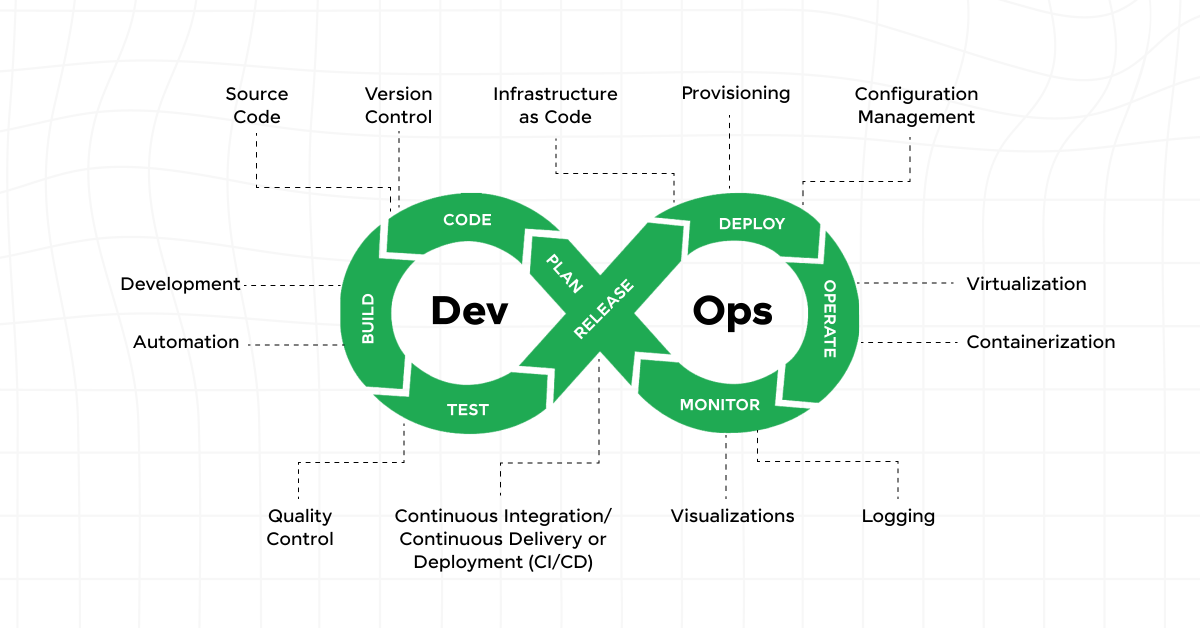
2. Promoting a Culture of Continuous Feedback
DevOps emphasizes the importance of continuous feedback throughout the development lifecycle. In a Full Stack Development context, this means developers receive immediate insights into how their changes impact both the front-end and back-end of the application. Continuous feedback allows for rapid iterations and improvements, ensuring that the final product is both functional and meets user expectations.
This culture encourages ongoing learning and adaptation, which are important for the development of high-quality, user-centric applications. Continuous feedback in full-stack development helps to build applications that truly stand out. Choose a learning journey that integrates DevOps practices for superior quality and user satisfaction. Join GUVI’s Full Stack Development Course and transform your development approach.
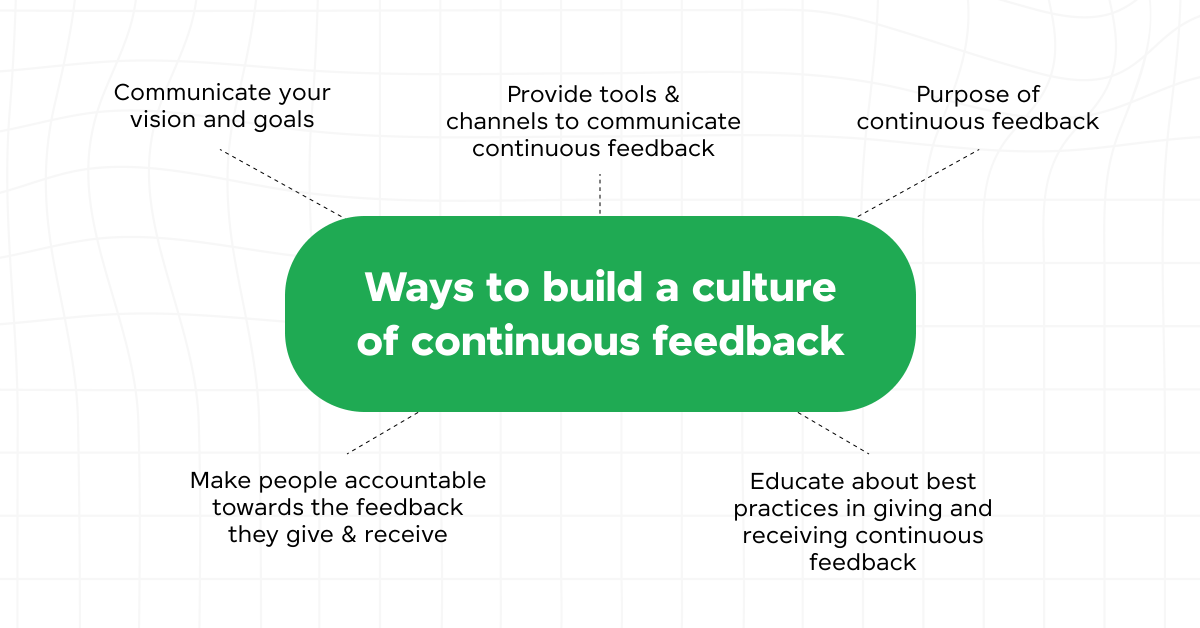
3. Streamlining the Development Process
CI/CD practices are at the heart of DevOps and have a significant impact on Full Stack Development by automating the integration and deployment processes. Continuous Integration ensures that code changes are automatically tested and merged into the main branch frequently, preventing integration issues. Continuous Deployment automates the release of validated changes to production, making the deployment process faster and more reliable.
For Full Stack Developers, CI/CD means that both front-end and back-end changes can be developed, tested, and deployed in a unified and streamlined process, reducing time-to-market and increasing productivity.
Also Read: Skills Required to Become a DevOps Engineer
4. Achieving Faster Time to Market
By implementing CI/CD pipelines, Full Stack Development projects can move from concept to production much quicker. This rapid pace is possible because automation reduces manual tasks, errors, and delays in the testing and deployment phases. Faster time to market is a competitive advantage in today’s fast-paced digital world, allowing companies to respond to market changes and customer needs more effectively.
5. Ensuring High-Quality Code
Automated testing is another core component of DevOps that directly benefits Full Stack Development. By automating tests for both the front-end and back-end, developers can ensure that code changes do not break existing functionality.
This leads to higher quality code, as potential issues are identified and resolved early in the development process. Automated testing covers a range of tests, including unit, integration, and acceptance tests, ensuring comprehensive coverage and reliability.
Must Explore How Is AI Transforming DevOps? Check 7 Intriguing Ways!
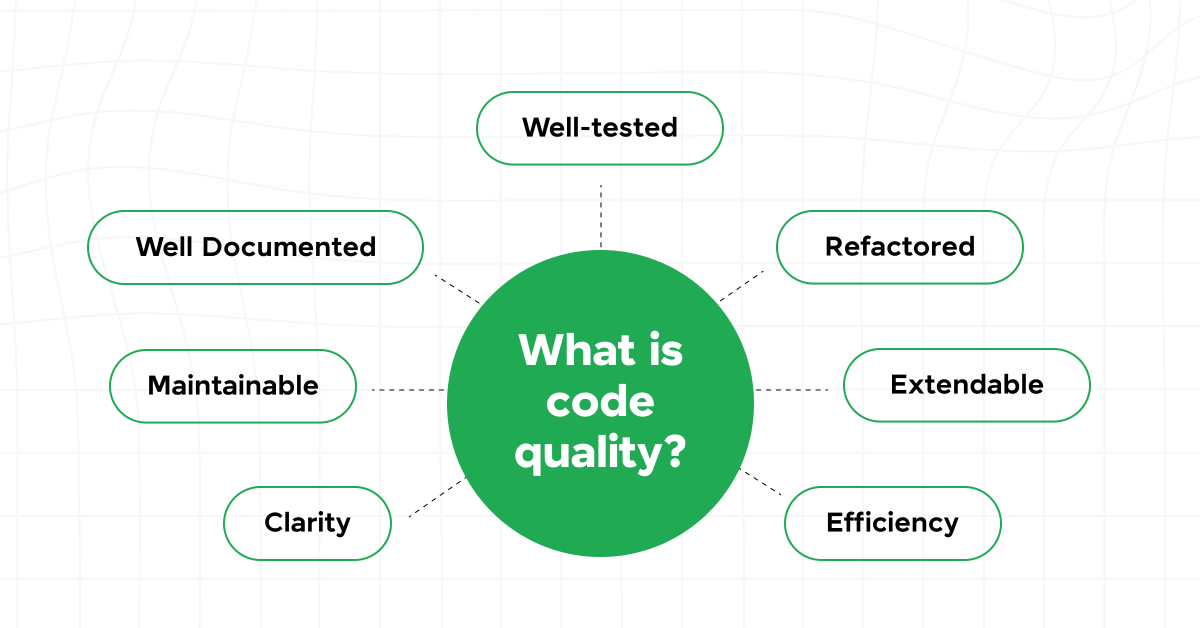
6. Reducing Manual Testing and Errors
Automation significantly reduces the need for time-consuming manual testing, allowing developers to focus more on feature development and innovation. By catching errors early and often, automated testing minimizes the risk of bugs making it to production, which can be costly and damaging to a company’s reputation.
For Full Stack Developers, who must ensure the integrity of both client-side and server-side components, automated testing is important in maintaining high standards of quality and reliability in their applications.
Also Read: A day in the life of a DevOps Engineer: Work & What they do?
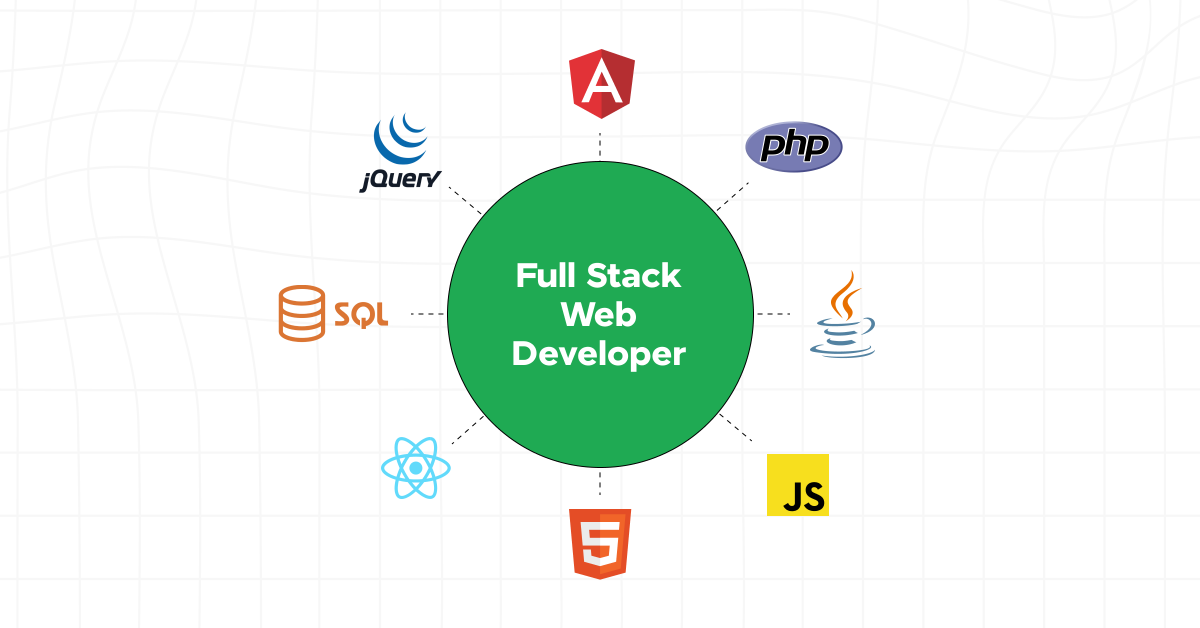
Let’s explore the DevOps best practices that full-stack developers should embrace to streamline workflows, improve deployment frequencies, and ensure high-quality software delivery.
DevOps Best Practices for Full Stack Developers
DevOps best practices are important for Full Stack Developers aiming to enhance efficiency, reliability, and the overall quality of software projects. By integrating these practices, developers can ensure a smoother development process, quicker deployment cycles, and robust, high-quality applications. Here’s a closer look at some of the DevOps best practices for Full Stack Developers:
1. Implementing CI/CD Pipelines
Continuous Integration (CI) and Continuous Deployment (CD) pipelines are fundamental to DevOps, enabling developers to automate the testing and deployment of applications. This automation ensures that code changes are integrated, tested, and deployed efficiently and reliably.
- Integration with Version Control: Full Stack Developers should integrate CI/CD pipelines with version control systems like Git. This integration allows for the automatic trigger of build and test processes whenever changes are committed to the repository.
- Automated Testing: Incorporate automated unit, integration, and end-to-end tests within the CI pipeline. This ensures that any code changes do not break existing functionality.
- Deployment Strategies: Use CD pipelines to automate deployment to various environments (e.g., staging, production). Implement strategies like blue-green deployments or canary releases to minimize downtime and reduce the risk of introducing bugs.
Find Out More About Continuous Integration vs Continuous Deployment in DevOps (A Comprehensive Guide)
2. Using Infrastructure as Code (IaC) for Environment Management
Infrastructure as Code (IaC) allows developers to manage and provision infrastructure through code rather than manual processes. This approach ensures consistency across environments and simplifies the setup and maintenance of development, testing, and production environments.
- Version Control for Infrastructure: Store IaC configurations in version control repositories to track changes and maintain history.
- Automate Environment Setup: Use IaC tools like Terraform, Ansible, Chef, or Puppet to automate the setup of environments. This ensures that developers can quickly spin up or tear down environments as needed, without waiting for operations teams.
- Consistency Across Environments: IaC helps maintain consistency across all environments, reducing “it works on my machine” issues and making it easier to debug and resolve problems.
3. Emphasizing Monitoring and Logging for Performance Optimization
Monitoring and logging are important for identifying and addressing issues in real time, optimizing performance, and ensuring the reliability of applications.
- Real-time Monitoring: Implement monitoring tools to track the performance and health of applications and infrastructure in real-time. Tools like Prometheus, Grafana, and New Relic can provide insights into system performance and user experience.
- Centralized Logging: Use centralized logging solutions like the ELK Stack (Elasticsearch, Logstash, Kibana) or Splunk to aggregate logs from various components of the application. This centralization helps in quickly pinpointing issues across the stack.
- Alerting and Anomaly Detection: Set up alerting mechanisms to notify developers of critical issues or performance anomalies. Automating responses to common issues can also help in maintaining system stability.
By adopting these DevOps best practices, Full Stack Developers can significantly improve the development lifecycle, from initial coding to deployment and beyond, ensuring faster delivery times, higher quality products, and more reliable and maintainable applications.
Also Read: A Complete DevOps Career Roadmap in 2024
Kickstart your full-stack development journey by enrolling in GUVI’s certified Full-stack development course that not only teaches you the basics but also gives you practical experience through real-life full-stack development projects
Conclusion
The continuous evolution of DevOps, coupled with its growing importance in the Full Stack Development landscape, highlights an ongoing shift in how software is developed and delivered. As technology continues to advance, the principles of DevOps will undoubtedly play an even more important role in shaping the future of software development.
By embracing these practices, developers, and organizations can stay ahead in the competitive tech industry, delivering innovative, high-quality software solutions at a pace that meets the ever-increasing demands of users and markets around the world.
Also Read: As a Software Engineer, How Do I Shift My Career to DevOps?
FAQs
What are the benefits of integrating DevOps in Full Stack Development?
DevOps brings several benefits to Full Stack Development, including quicker deployments, improved collaboration, enhanced software quality, faster delivery times, and more efficient resource management.
Which DevOps practices are essential for Full Stack Developers?
Full Stack Developers should focus on Continuous Integration/Continuous Deployment (CI/CD), Infrastructure as Code (IaC), monitoring and logging, and automated testing to enhance efficiency and quality.
Is DevOps suitable for small teams or startups in Full Stack Development?
Yes, small teams and startups can benefit from DevOps by starting with basic practices, using cloud services, focusing on core practices like CI/CD and automated testing, and fostering a culture of collaboration and continuous improvement.
























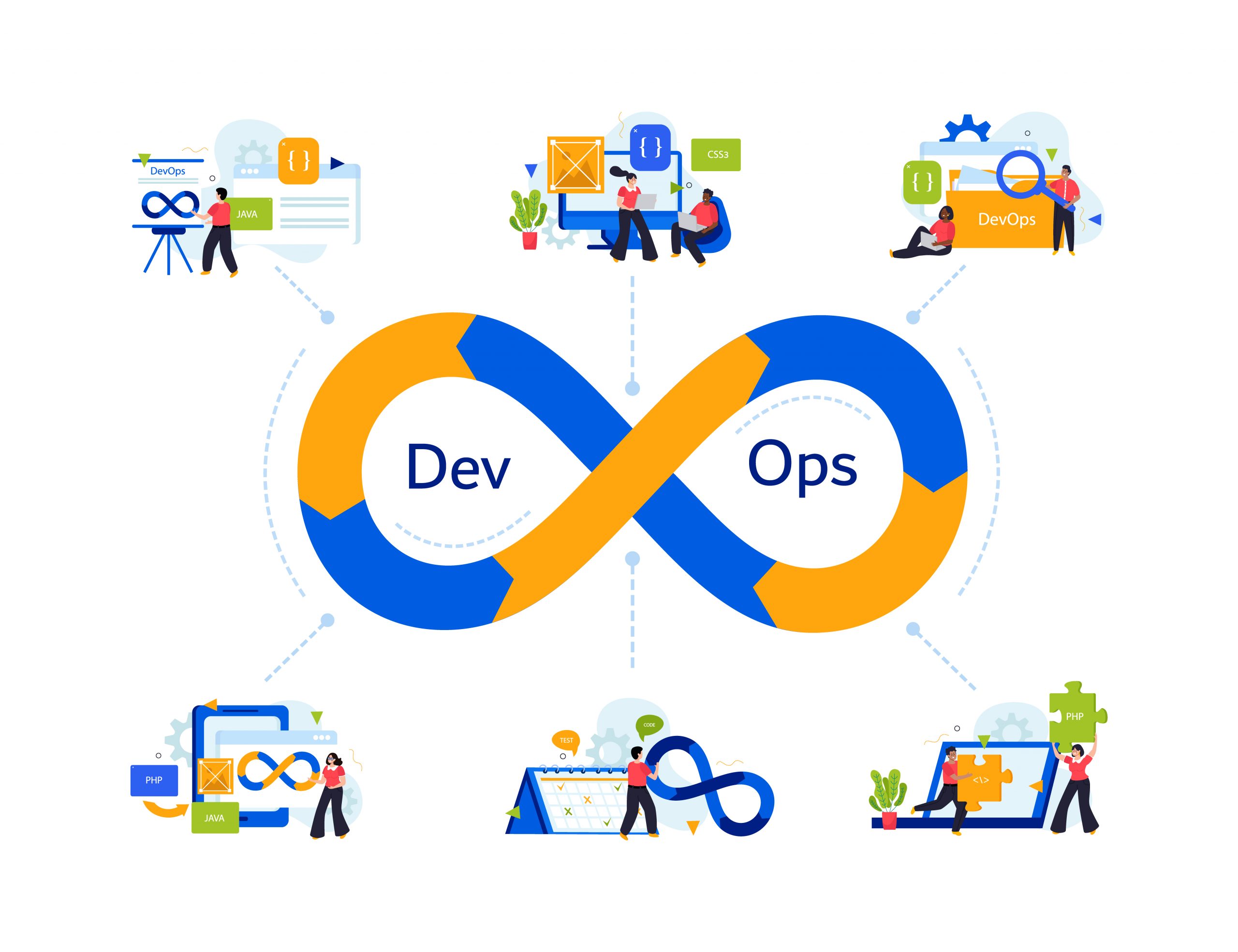
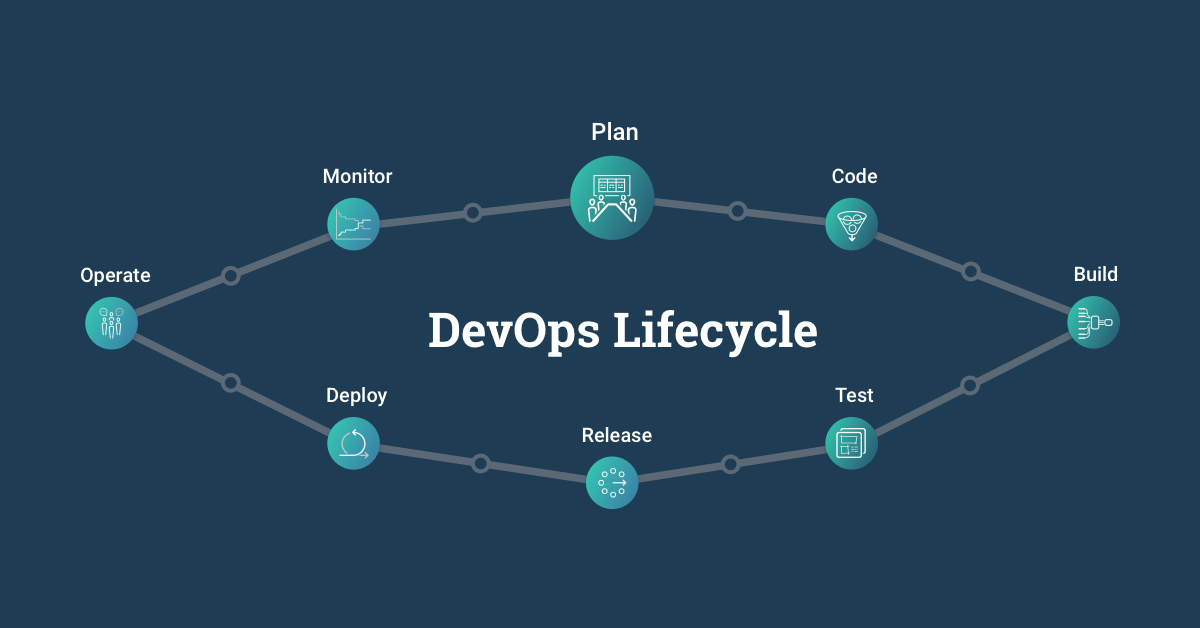

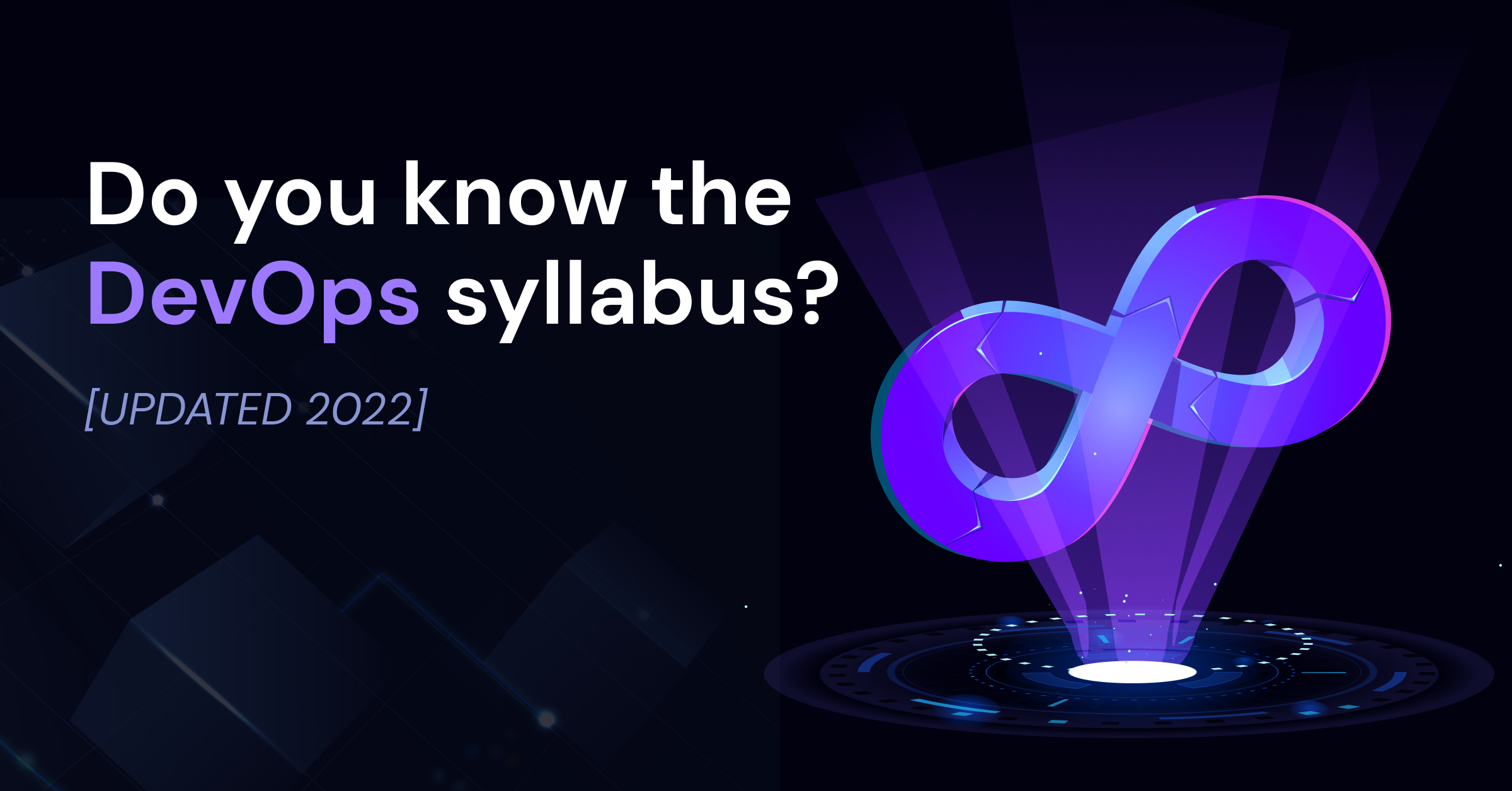
Did you enjoy this article?